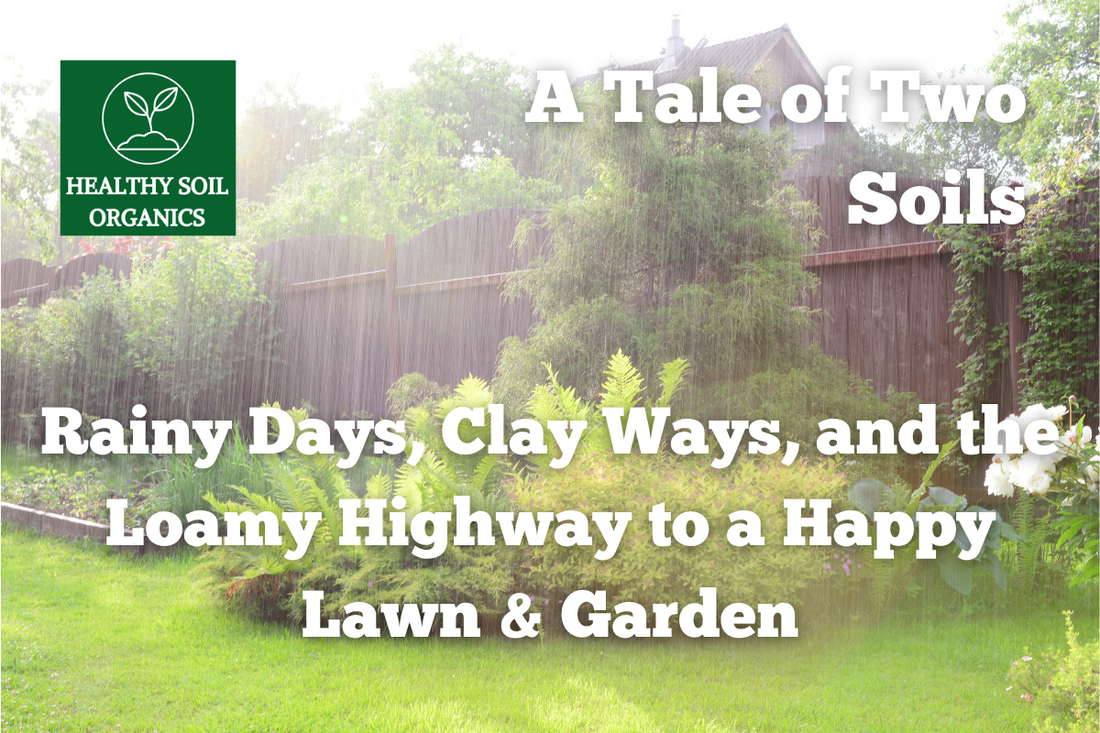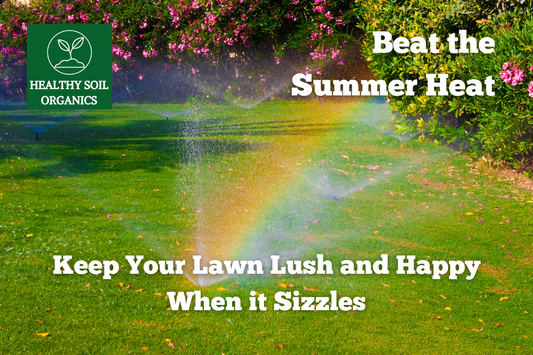Have you ever looked out your window, watched the rain drizzle down, and pondered the existential question: "Is this rain actually doing my garden any good?" No? Just us? Well, let's dive into the tale of 'effective' and 'non-effective' rainfall, and why your soil type could be the ultimate scene-stealer in this great soil drama.
The Good, the Bad, and the Rainfall
When it comes to rainfall, there are two types of characters on your garden stage: the hero (effective rainfall) and the villain (non-effective rainfall).
Our hero, effective rainfall, sneaks into the soil, making its way to the thirsty roots of your plants and trees. This undercover agent is what keeps your lawn lush and your roses blooming. It's the rain that "effectively" gets the job done, adding to your soil's moisture and overall health.
Enter the villain, non-effective rainfall. This sneaky scoundrel may look like it's watering your garden, but it's all smoke and mirrors. It evaporates, runs off, or goes deeper into the soil than your plants can reach. In other words, it takes a rain check on hydrating your garden.
It’s Not You, It’s Your Soil
Now, let's talk about the director of this whole show: your soil. The ideal leading soil is a loamy star, a perfect blend of organic matter, sand, silt, and clay. This superstar soil knows how to manage rainfall, giving the plants a perfect backstage hydration system.
However, in the Southern United States Gulf Coast region, the soil is usually less of a Hollywood A-lister and more of a demanding diva - predominantly clay. Clay soils are dense, slow-draining, and prefer to star in a mud-wrestling match rather than a garden drama. This means our villain, non-effective rainfall, often steals the show, running off the stage instead of nourishing your plants.
From Zero to Hero: Improving Your Soil Quality
Feeling a little down in the clay? Don't worry! Here are some handy-dandy, foolproof tips to turn your soil from zero to hero:
1. Organic Matter is your new BFF:
Think of organic matter like compost or well-rotted manure as the perfect wingman for your soil. It boosts the soil's nutrient content and structure, giving it the confidence to retain water effectively.
2. Play Matchmaker with Cover Crops:
Planting cover crops, like clover or rye, can break the ice with compacted clay soil, helping it loosen up and be more receptive to water. After the growing season, till these crops into the soil and watch the magic happen!
3. Let's Do the Twist with Aeration:
Doing the twist isn't just for dance floors. Aerating your lawn breaks up the clay soil, making it easier for our hero, effective rainfall, to make a grand entrance. Small areas? Use a garden fork. Large lawn? Rent a mechanical aerator.
4. Mulch: Your Soil’s Stylist:
Mulch doesn't just make your garden look pretty; it's like a personal stylist for your soil. It conserves soil moisture and improves soil structure, ensuring your soil is always ready for its closeup.
5. Think Outside the Box with Raised Beds:
Raised beds filled with high-quality topsoil are like VIP lounges for your plants. They provide a rich, well-draining environment that will make your plants feel like rock stars.
There you have it! With these steps, you can maximize the effectiveness of rainfall on your landscape, whether it's a natural shower or a controlled performance from your irrigation system. Who knew lawn care could be such a showbiz? Remember, every drop counts and you're the star director of this beautiful drama!




